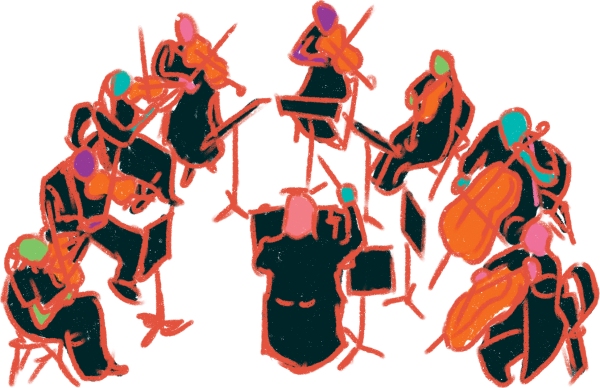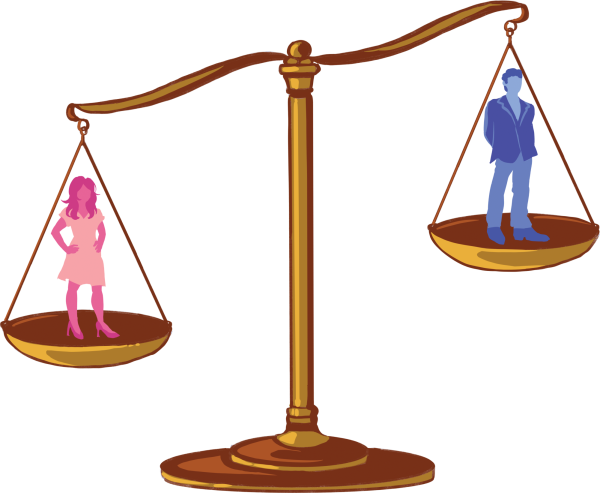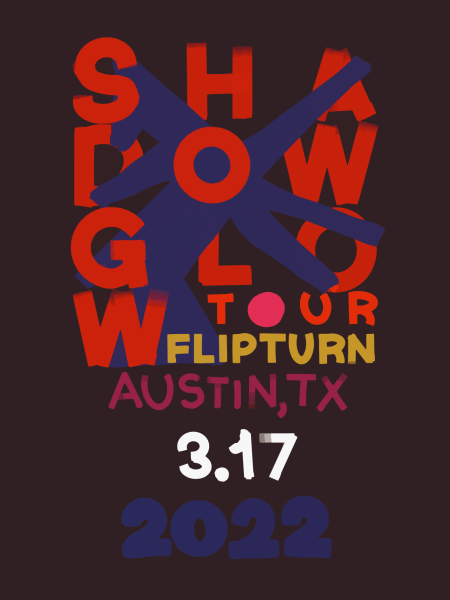At-Home Life Impacts Student Media Usage
November 15, 2020
Throughout 2020, COVID-19 has served as a catalyst for changing social media use among young people and students. In the face of events such as police brutality, Black Lives Matter protests, the 2020 presidential election and the ongoing pandemic, social media has provided a space for people to be socially active and voice their political concerns while spending an increased amount of time at home.
Senior Alexander Smith has used social media to compile research on current issues concerning the virus, the government, institutional racism and women’s rights. According to Smith, his use of social media has increased this past year. He said that social media sites such as Twitter and TikTok have become resources to find information and communicate about current events with friends.
“I would say I’ve definitely started ramping up my usage of social media this year,” Smith said. “It kind of became a method of learning about current events, or what the big new scandal or event was. I usually was able to talk to my friends about these things on Twitter and TikTok.”
The internet is a place where trends are constantly changing. Smith said that in the age of the pandemic, what other people are posting has been more influenced by politics.
“There’s definitely been an upsurgence in political support for movements like BLM and making sure that we address the factual information of COVID,” Smith said. “It’s important to fight the misinformation that gets spread, and I think that social media has done a lot to create a place where people can have a lot of political discourse.”
Junior Olivia Griffin-Erickson said that her social media use has decreased over quarantine. She said that the stories and posts that she sees can remind her of life before quarantine, often making social media a negative space.
“As the quarantine has been going on, I’ve purposely been trying to decrease it,” Griffin-Erickson said. “Every time I go on Instagram, I feel so much worse than when I get on. It’s a mixture of seeing people out and about, living their lives and I’m doing nothing right now.”
Junior Liliana Castillo’s social media use is also decreasing. She wants to minimize her use of technology in an era where technology is a larger part of school life.
“I’ve definitely been on my phone and social media a lot less,” Castillo said. “I go outside way more and I just keep myself busy. I just don’t want to use technology since I’ve been on it so much, especially with school. I try really hard not to be on any electronics unless I have to.”
Social gives students a way to communicate without being together in person. Despite her overall decrease in social media use, Griffin-Erickson said that during a time when school is online, social media can help her connect with other students.
“I feel like it’s one of the few ways we can stay connected right now,” Griffin-Erickson said. “Social media is an easy way to see what people are doing, to look at other people’s stories, and to feel like you’re interacting with people.”
However, according to Smith, being quarantined is also shortening the attention span of users on the internet. He said that it could have lasting effects on the way that people use the internet and interact on social media.
“I think it’s definitely made trends go by more quickly,” Smith said, referring to COVID-19. “Our attention spans are shortening, and trends tend to not stick around as long, and we tend to want to move on and find a new cool thing.”








